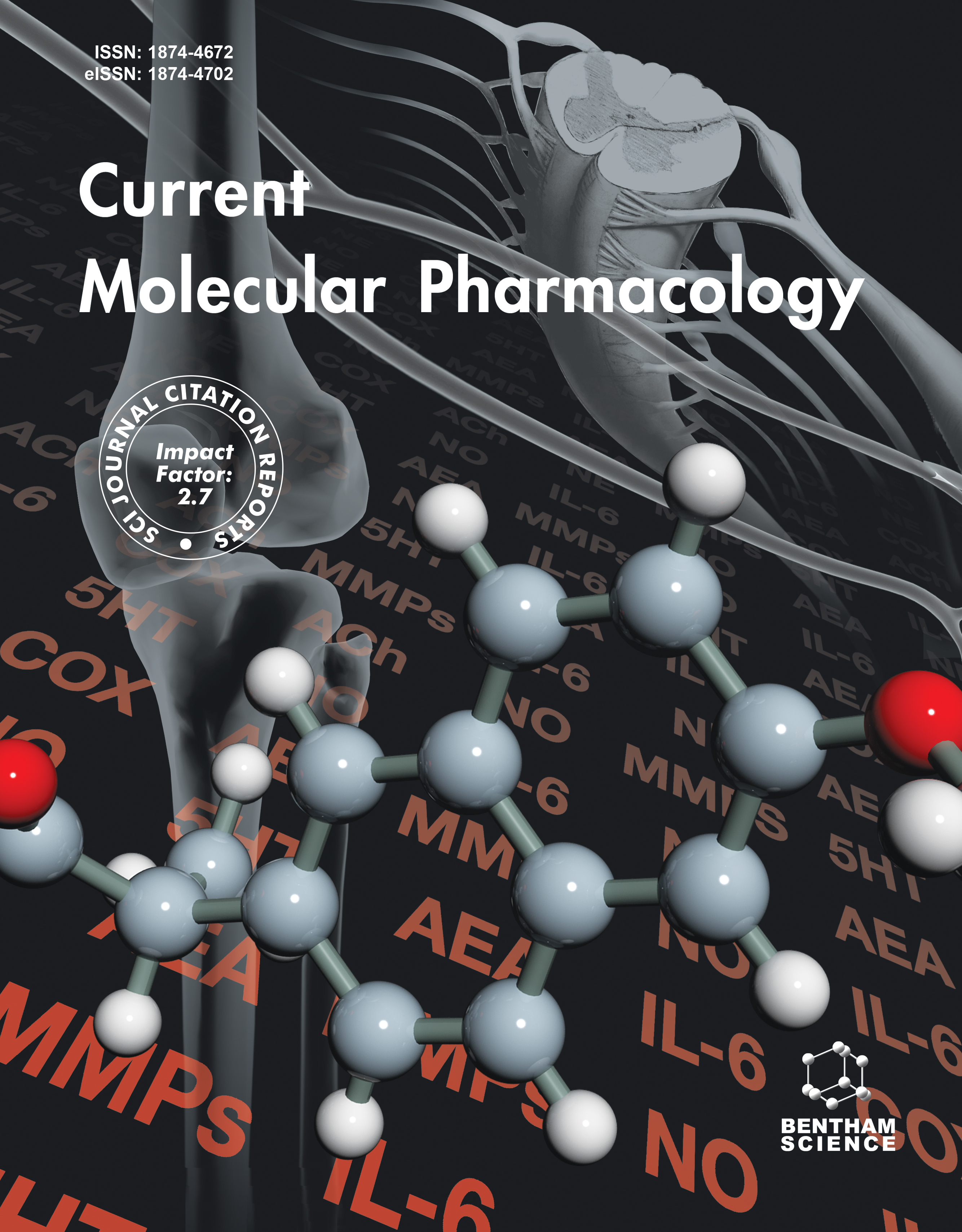-
oa Mitochondria-targeted Uncouplers Decrease Inflammatory Reactions in Endothelial Cells by Enhancing Methylation of the ICAM1 Gene Promoter
- Source: Current Molecular Pharmacology, Volume 17, Issue 1, Jan 2024, e150823219723
-
- 10 May 2023
- 14 Jul 2023
- 01 Jan 2024
Abstract
The study aimed to investigate the effects of low concentrations of mitochondrial uncouplers in endothelial cells on the CpG dinucleotide methylation of the ICAM1 gene promoter. The excessive inflammatory response in the endothelium is responsible for the development of many cardiovascular diseases. Mitochondria are important regulators of endothelial cell functions. Mild uncoupling of oxidative phosphorylation and respiration in endothelial mitochondria exerts a long lasting anti-inflammatory effect. However, the detailed mechanism of the anti-inflammatory activity of mitochondrial uncouplers remains unclear.We hypothesized that mild mitochondrial uncoupling leads to epigenetic changes in genomic DNA contributing to the anti-inflammatory response.
We studied the long-term effects of mitochondria-targeted compounds with the uncoupler’s activities: the antioxidant plastoquinonyl-decyl-triphenylphosphonium (SkQ1), dodecyl-triphenylphosphonium (C12TPP), and 2,4-dinitrophenol (DNP). The mRNA expression of the intercellular adhesion molecule 1 (ICAM1), a marker of inflammatory activation of endothelial cells, was measured by RT-qPCR. Cytosine methylation in the CpG sites of the ICAM1 gene promoter was estimated by bisulfite sequencing of individual clones.
It was found that downregulation of ICAM1 expression caused by DNP and C12TPP was accompanied by an increase in the methylation of CpG sites in the ICAM1 gene promoter. None of the compounds affected intracellular or intramitochondrial ATP levels.
Low concentrations of mitochondrial oxidative phosphorylation uncouplers are able to increase methylation of ICAM1 gene promoter, which corresponds to the observed decrease in the levels of mRNA of this gene. Thus, the change in methylation of the ICAM1 gene promoter may underlie the mechanism of decreased ICAM1 expression caused by mild mitochondrial depolarization. Mitochondrial uncouplers may be exploited as possible therapeutic candidates to treat excessive inflammation in endothelium, by changing the methylation status of genomic DNA.


